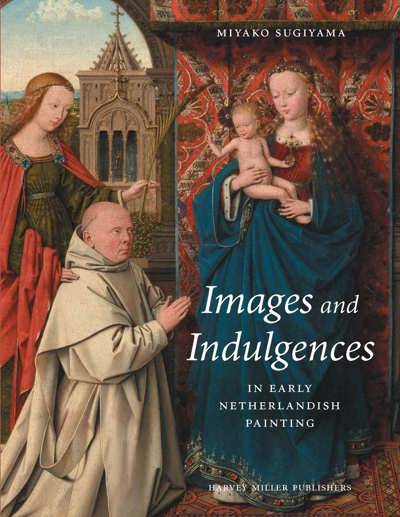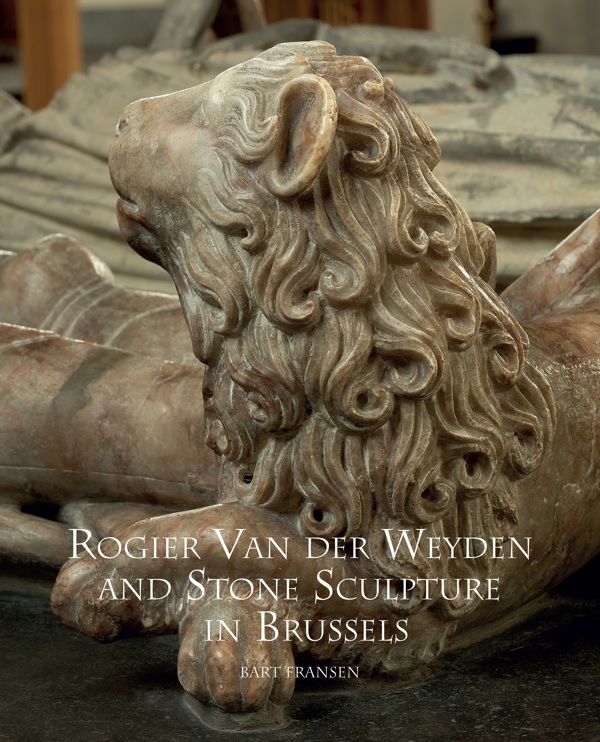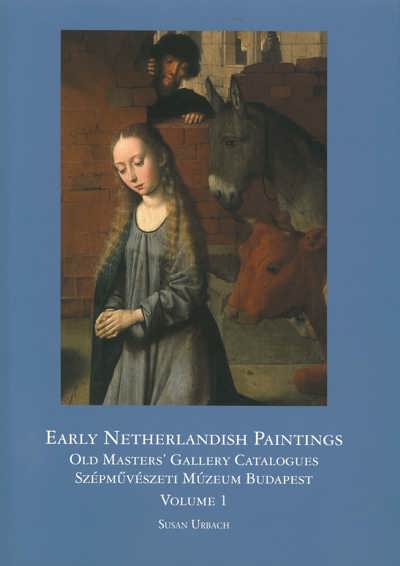
Rogier Van der Weyden and Stone Sculpture in Brussels
Bart Fransen
- Pages: 237 p.
- Size:220 x 280 mm
- Illustrations:65 b/w, 170 col.
- Language(s):English
- Publication Year:2013
- € 120,00 EXCL. VAT RETAIL PRICE
- ISBN: 978-1-909400-15-3
- Hardback
- Available
"Die Wissenschaft mit der rogierzeitlichen Skulptur bekannter zu machen ist wichtig. Das hier nochmals zusammengetragene Quellenmaterial und das zusammengestellte Konvolut an Zeichnungen wird man zudem nützlich finden, wenn man sich der Frage nach dem Entwurfsprozess in der Bildhauerkunst unvoreingenommen nähern möchte." (Michael Grandmontagne, in: Sehepunkte, Ausgabe 14 (2014), Nr. 7/8)
Bart Fransen holds a doctorate in Art History from the Catholic University of Leuven. He is currently head of the Centre for the Study of the Flemish Primitives, a specialized research unit and part of Belgium's Royal Institute for Cultural Heritage (KIK-IRPA) in Brussels.
The activities of Rogier van der Weyden (1399/1400-1464) were much wider in scope than the well-known painted oeuvre that has been the subject of so many publications. This book, with its focus on stone sculpture in Brussels at the time that Rogier was established there, an area of art history that to date has been little explored, offers a fresh and fascinating look at the context in which Brussels’s famous city painter operated. Bart Fransen leads you through a network of stoneworkers and craftsmen, from the stone quarry to the sculptor’s workshop, to discover a number of remarkable but unknown or misjudged sculptures now in churches, an abbey, a béguinage, a museum’s reserve collection and a castle chapel. With the various case studies in mind he goes on to examine Rogier van der Weyden’s direct involvement in sculptural projects, turning to the evidence revealed by archival documents, drawings and sculpture itself. The result is a highly readable and plentifully illustrated book that re-establishes the close relationship between the various art forms that existed in the fifteenth century.





